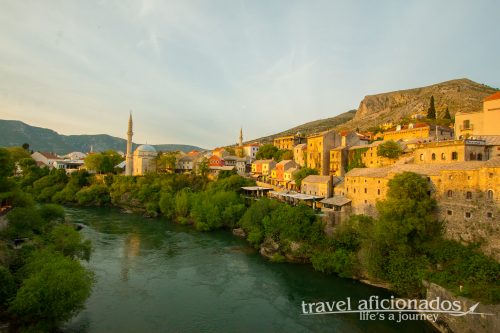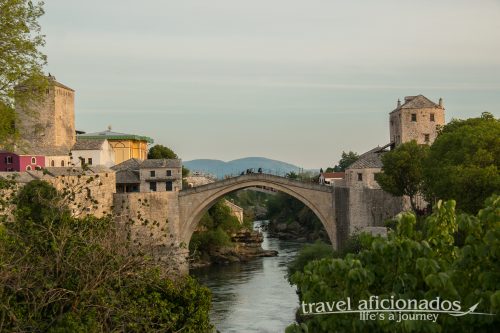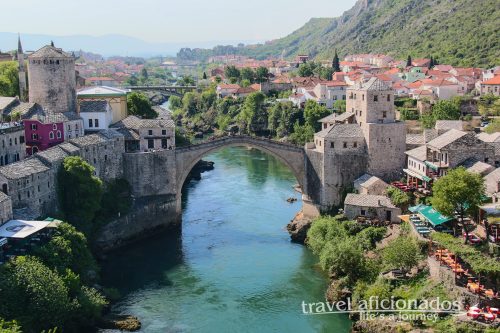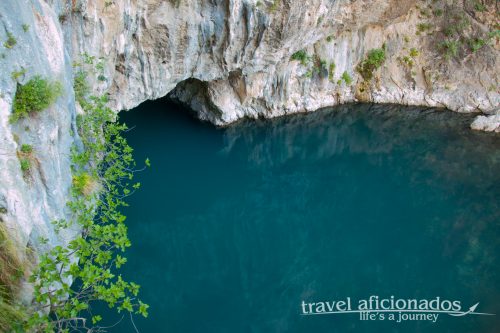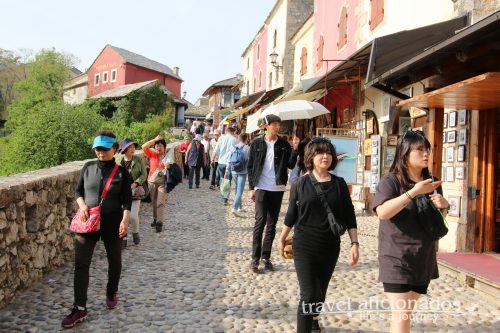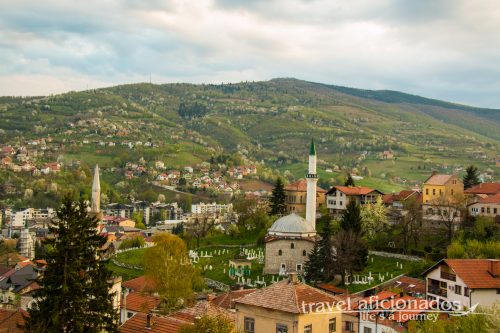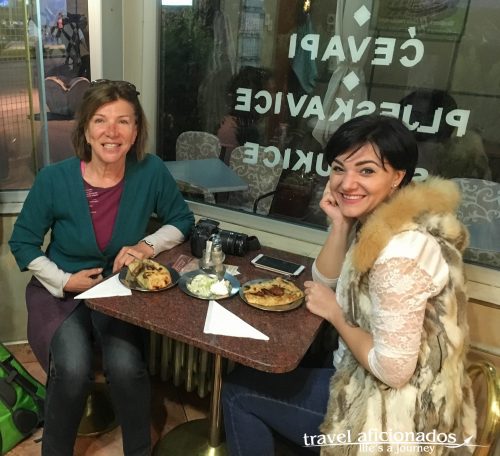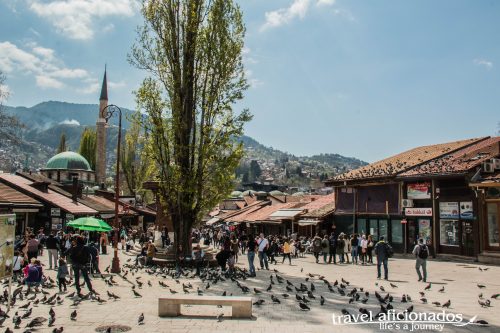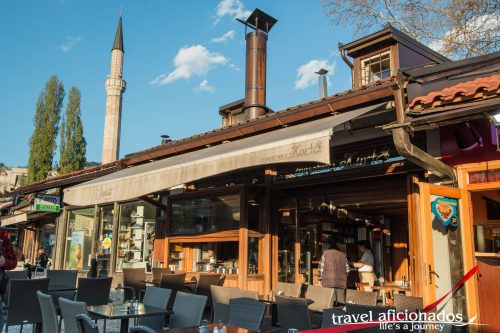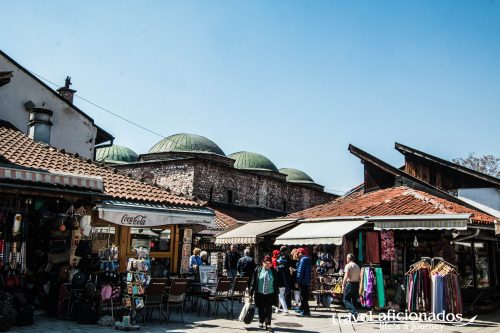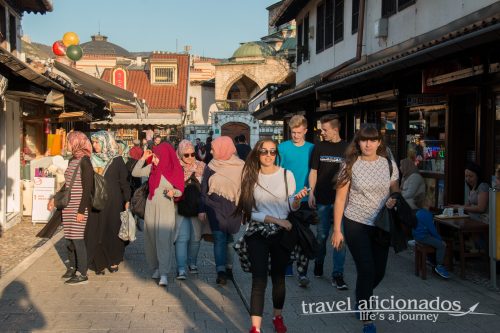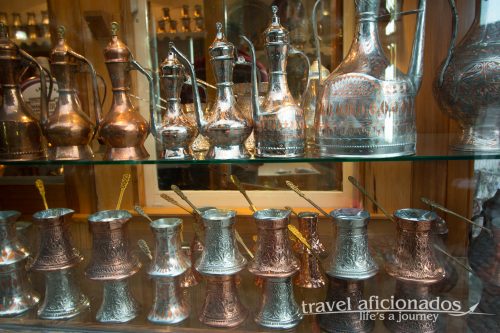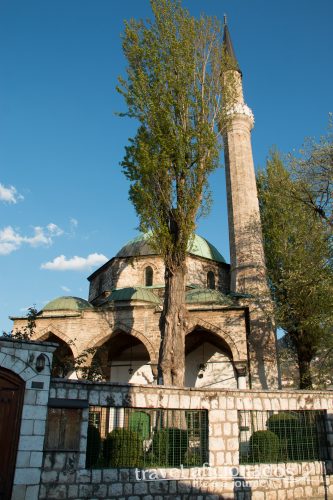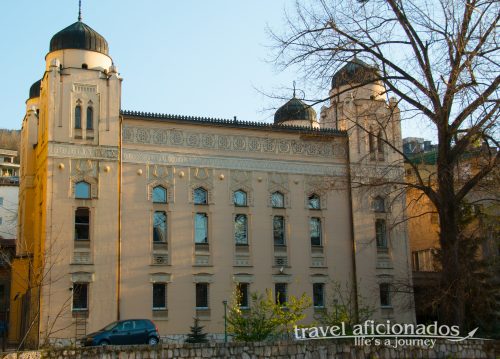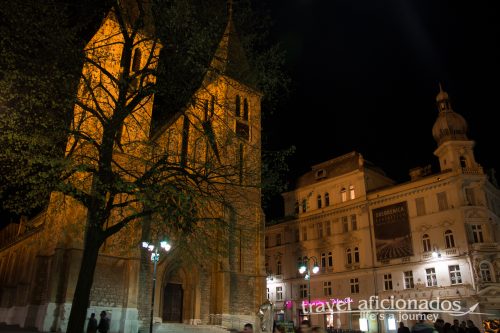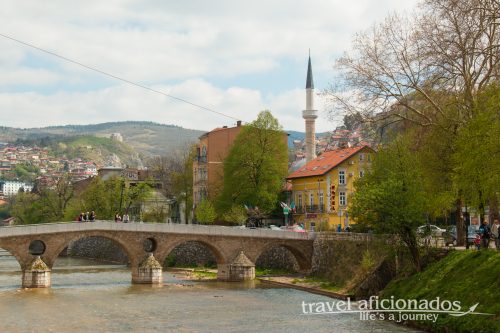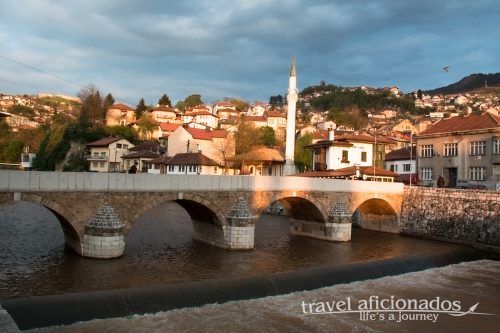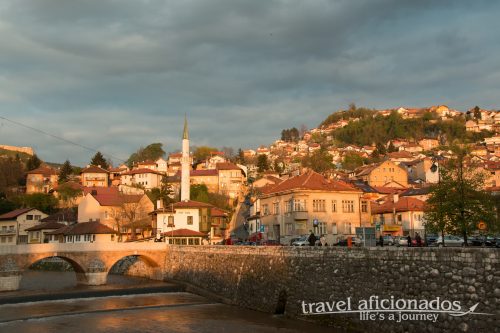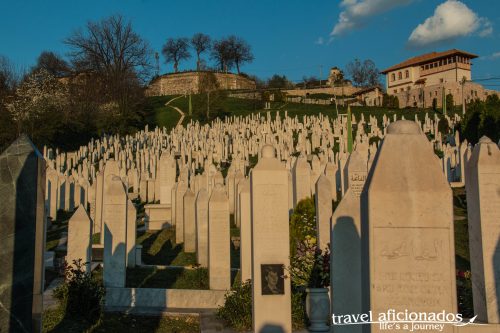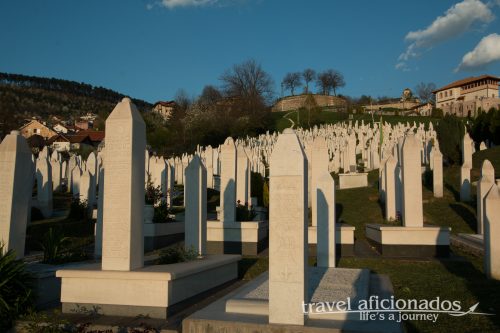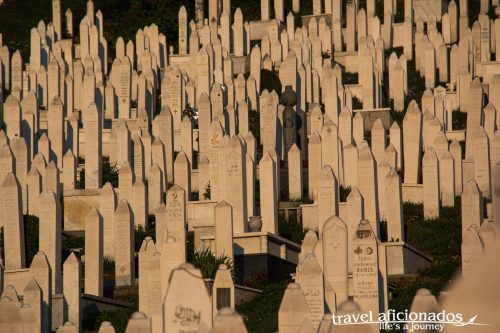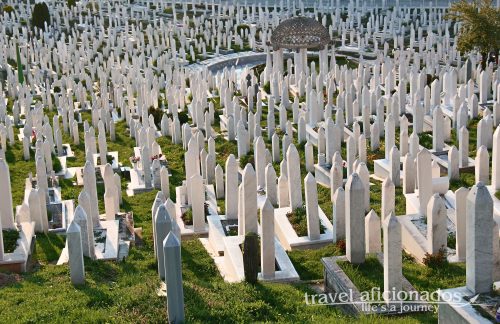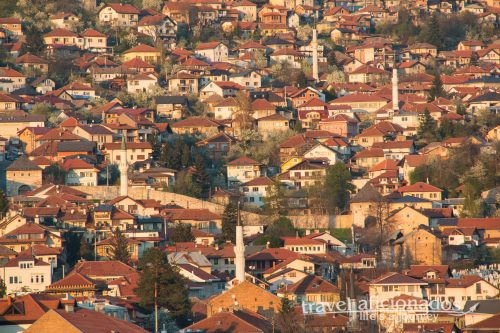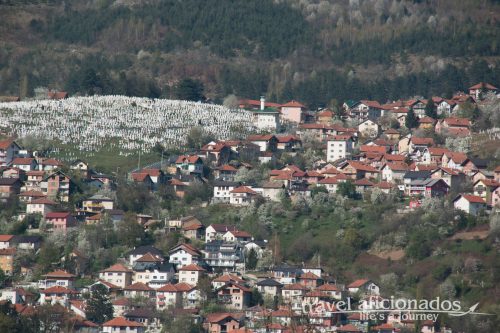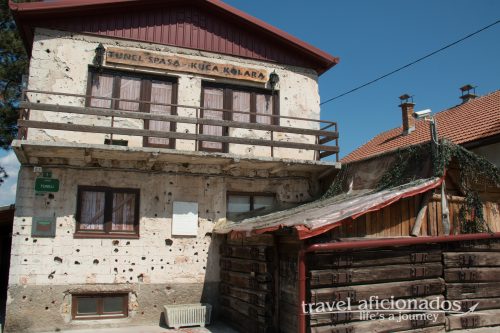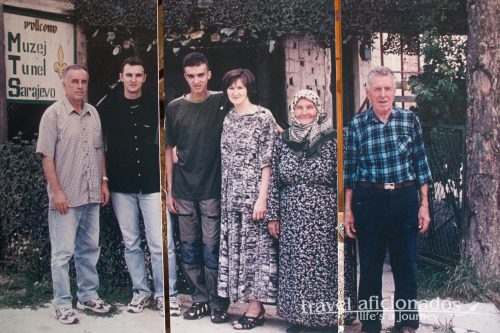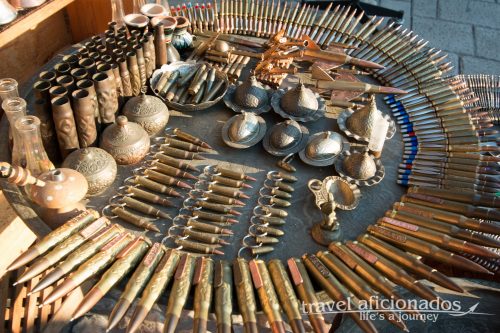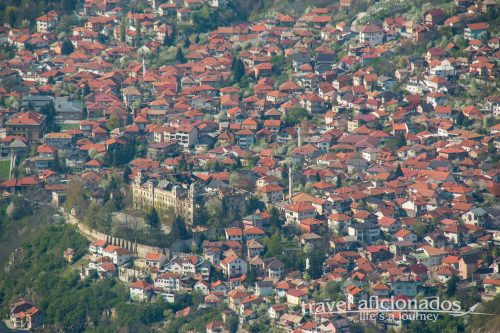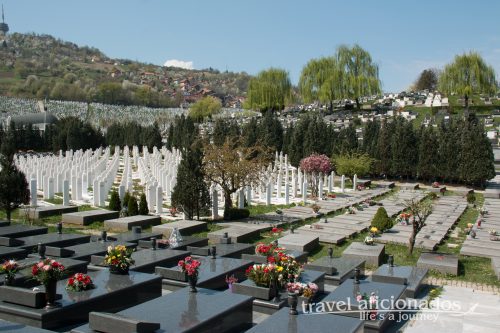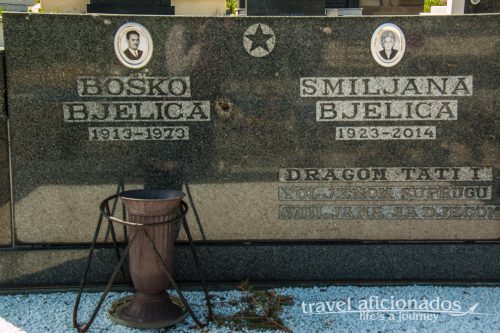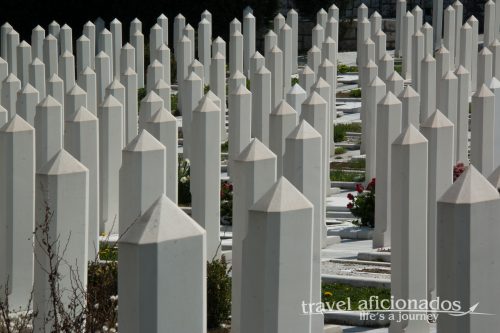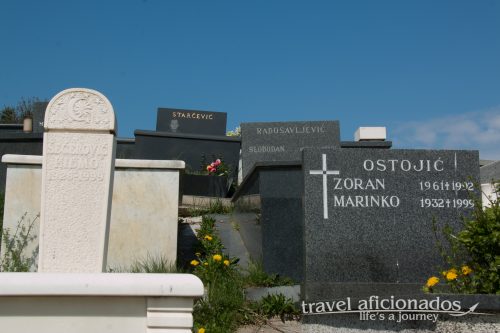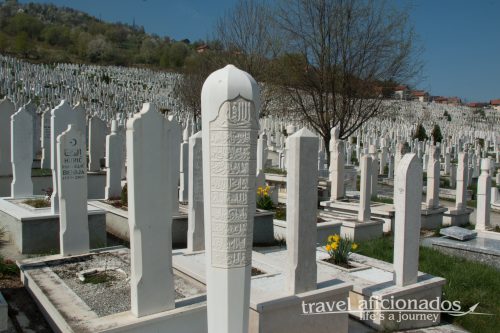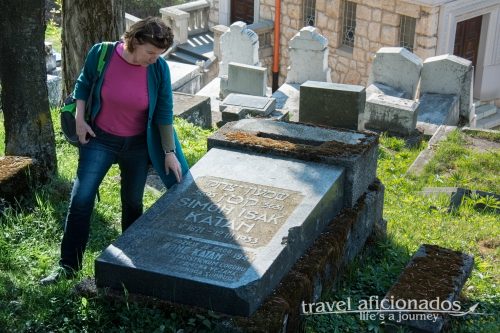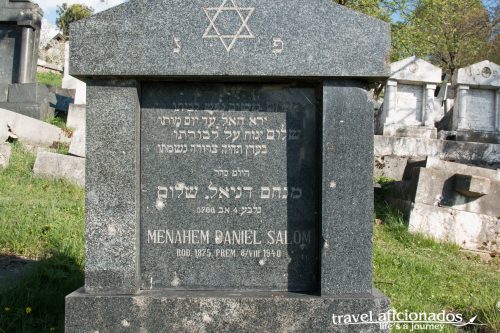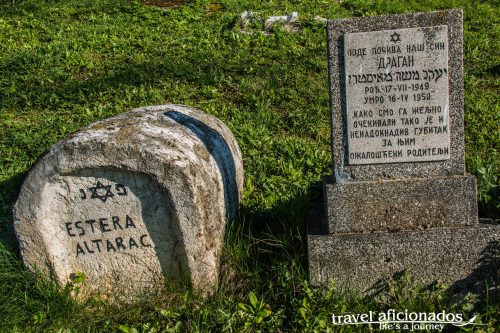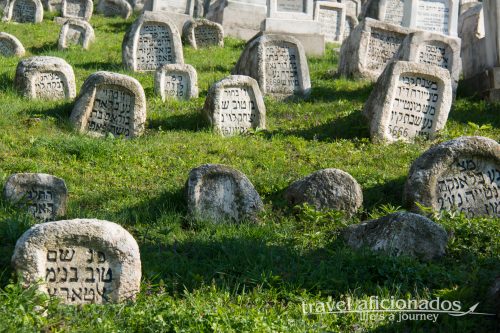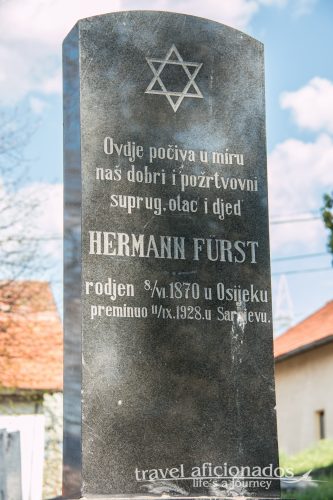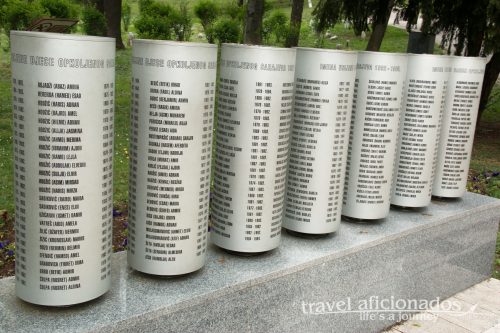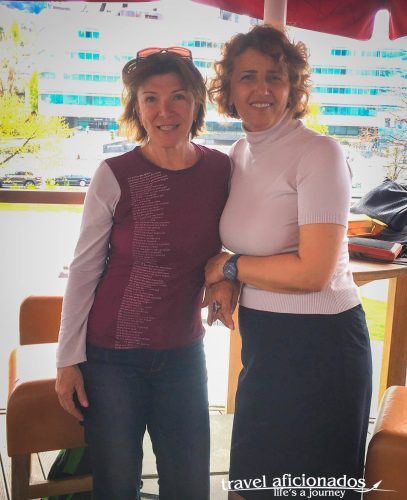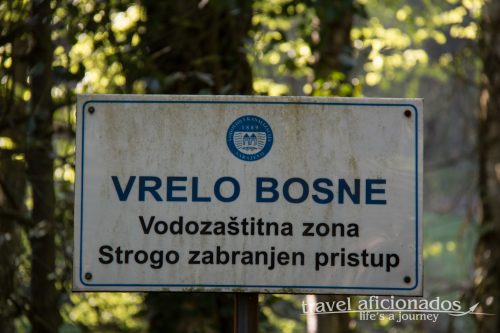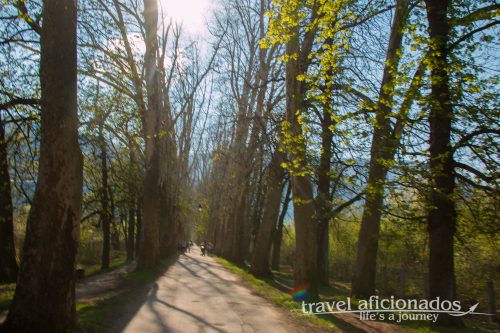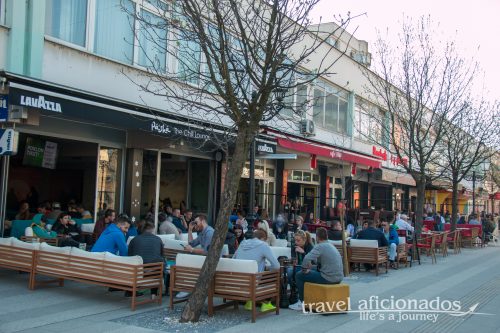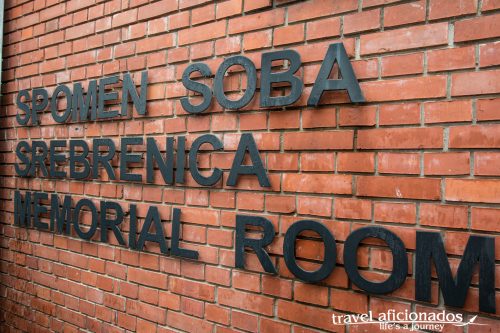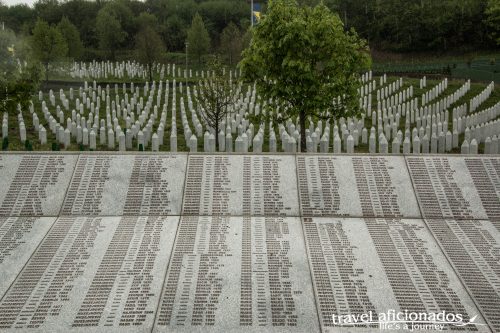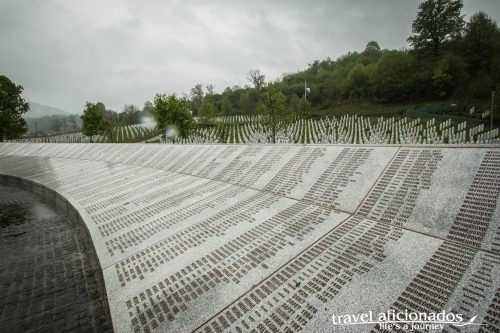In total 188 villages were evacuated in Ukraine and Belarus after the nuclear accident in April 1986. But in 1987 about 1000 self-settlers, mostly older people, returned to the exclusion zone on their own. First these ‘Chernobyl Squatters” were illegal, but soon the government accepted it. Now about 100 of them are left.
Archive | Europe
Pripyat -Ghost Town
Pripyat is only three kilometers away from the Chernobyl Nuclear Power Plant and was evacuated the day following the blast in April 1986. A fleet of 1300 buses shipped out the residents, who only had a few hours’ notice. Behind they left all their furniture and possessions that still can be seen in some buildings. Thirty years later, nature has taken over. Walking through this ghost town gives can be a bit creepy, but above all it feels like walking about into a freeze-frame of 1986 Soviet Union.
Chernobyl – Exclusion Zone
“Isn’t is dangerous?” is the first question when I mention my trip to Chernobyl und Pripyat in 2017. No, it is not. During a cross-Atlantic flight a person is exposed to a 10 times higher dose. When reactor 4 exploded on April 26th 1986, the 160-ton concrete lid was blown off, releasing a radioactive cloud of plutonium and other deadly nuclear isotopes into the atmosphere. The wind carried the radioactive cloud northwest, away from the town of Chernobyl. So it was spared the fate of Pripyat, now a ghost-town.
Trips to the exclusion zone are organized by various operators in Kiev. On the Ukrainian side trips to the 2600km2 exclusion zone started in 1999 . This is an area that was fenced off after the tragic accident. In 2017 approximately 20.000 visited the zone. The exclusion zone in Belarus, north of the reactor, is much worse off. About 70% of the radioactive fallout from the Chernobyl disaster landed in Belarus, heavily contaminating one-fourth of the country. More than 2,000 towns and villages were evacuated, and about a half-million people have been relocated since 1986.
Mecklenburg-Vorpommern: Germany’s northeast
The very name Mecklenburg-Vorpommern has fascinated me since childhood, although I had no clue what it was like. Finally, in summer 2018 I unraveled my life-long phantasies. This is what I learned: Everything is close to the water, in the north it is the Baltic Sea, further south about 2000 lakes, large and small are scattered throughout the wide land. During the train ride from Berlin to Stralsund I passed through places like Altenpretow that sounded so Prussian that my excitement grew by the minute. During my two weeks I explored Stralsund, a former Hanseatic hub, sunny Rügen, Germany largest island, and car-free Hiddensee.
Kiev – Between godly and worldly
The shining onion-shaped domes of Lavra Monastery identify it from afar as an important center of Orthodox Christianity in Eastern Europe and are testimony of Kiev’s historic importance. Other musems are less godly, like the Motherland Museum heralded by a gigantic statue. It exhibits items from the Great War and more recent one, the war at its eastern border. The real bummer is the Museum of Corruption, which blows your mind. One of many residences for former president Yanukovych, he burned tax money for the most soulless homes.
Bosnia – photo gallery
-

- Blagaj Tekija, a Dervish monastery outside Mostar- It is nearly 600 years old and sits right next to the spring of the River Buna.
-
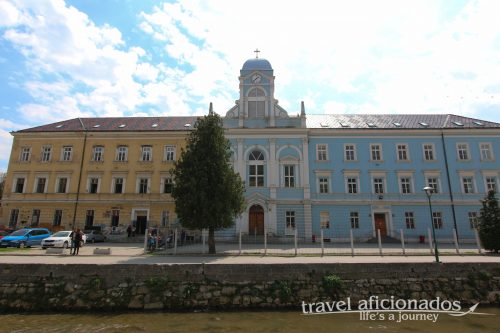
- Travnik – segregated schoo, renovated side in blue for Croatian students, run-down left part for Muslim students
-

- Sarajevo Red Roses, those mark places where people where killed by artillery shells fired from the mountains
-
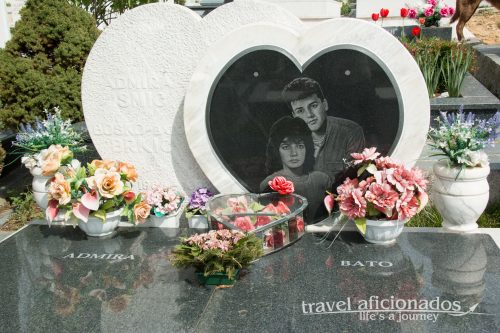
- Sarajevo- Romeo&uliet, Admira Ismic and Bosko Brkic, two young people of different religions were shot Vrbanya Bridge trying to leave Sarajevo during the 1425 day siege
-
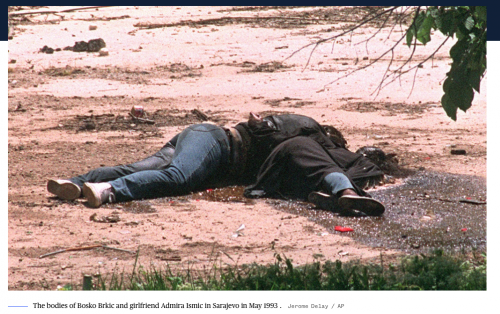
- photo taken by @ of Admira Ismic and Bosko Brkic, who died embraced on Vrbany Bridge. The young couple of different religions were shot Vrbanya Bridge trying to leave Sarajevo during the 1425 day siege
-

- Sarajevo- Historic photo – the car of Archduke Franz Ferdinand before the attack that killed him and his wife
-

- Ilidza – Vrelo Bosne, The springs of river Bosna is located in the southwestern part of the Sarajevo
-

- Ilidza – Vrelo Bosne, The springs of river Bosna is located in the southwestern part of the Sarajevo
-
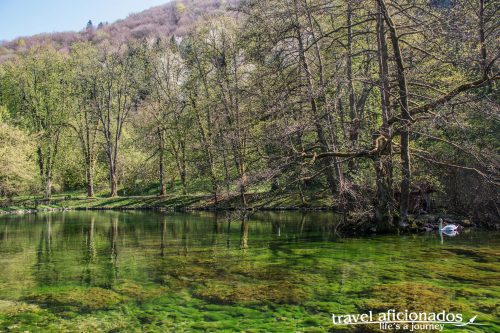
- Ilidza – Vrelo Bosne, The springs of river Bosna is located in the southwestern part of the Sarajevo
-

- Ilidza – Vrelo Bosne, The springs of river Bosna is located in the southwestern part of the Sarajevo
-

- Ilidza – Vrelo Bosne, The springs of river Bosna is located in the southwestern part of the Sarajevo
-
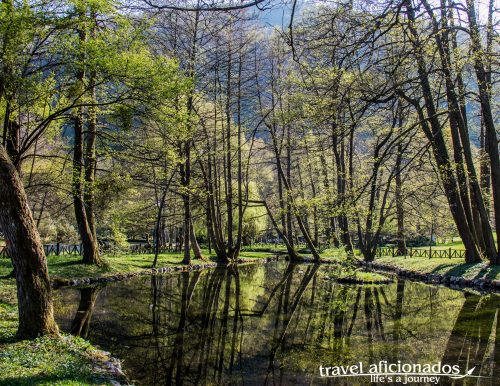
- Ilidza – Vrelo Bosne, The springs of river Bosna is located in the southwestern part of the Sarajevo
-

- Ilidza – Vrelo Bosne, The springs of river Bosna is located in the southwestern part of the Sarajevo
-

- Srebrenica Genocide Memorial – photos taken of photos inside Memorial Hall giving evidence of the situation in July 1995
-
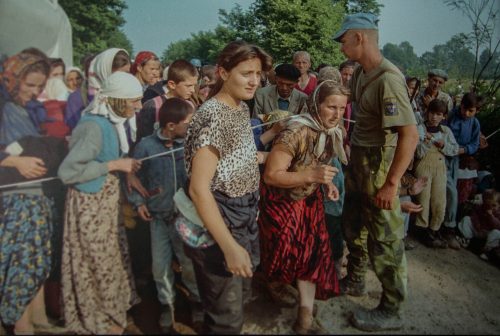
- Srebrenica Genocide Memorial – photos taken of photos inside Memorial Hall giving evidence of the situation in July 1995
-

- Srebrenica Genocide Memorial – photos taken of photos inside Memorial Hall giving evidence of the situation in July 1995
-

- Srebrenica Genocide Memorial – photos taken of photos inside Memorial Hall searching for the victims of the genocide
-

- Srebrenica Genocide Memorial – photos taken of photos inside Memorial Hall searching for the victims of the genocide
-

- Srebrenica Genocide Memorial – photos taken of photos inside Memorial Hall, funeral for the victims of the genocide
-
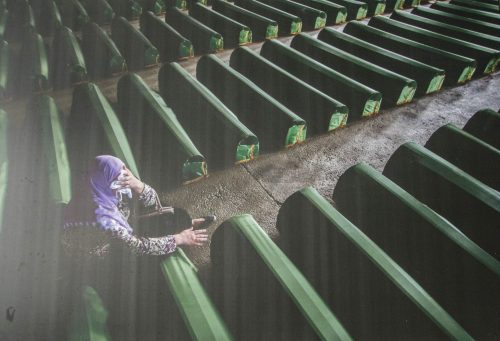
- Srebrenica Genocide Memorial – photos taken of photos inside Memorial Hall, funeral for the victims of the genocide
-

- Srebrenica Genocide Memorial – photos taken of photos inside Memorial Hall, funeral for the victims of the genocide
Mostar’s Ancient Bridge – 1539 – 1993- 2004
The whole world was shocked when Mostar’s famous bridge was blown up in November 1993. Stari Most, the Old Bridge was built by the Ottomans in the 16th century and is considered one of the finest pieces of Islamic architecture in the Balkans. War is not only about harming the “enemy” physically, but also its cultural and social fabric. The destruction of the Buddha statues in Bayan in Afghanistan is another horrid example.
Travnik – Bosnia’s Capital during Ottoman Rule
Travnik was the capital of the Ottoman Empire for 150 years. This is one of the reasons why this scenic small town has so much to offer. The 16th century castle is the best place to get a view of Travnik, the quaint houses, the 19 minarets, all embedded in gentle hills. Not many cities can pride themselves of having a river starting its journey into the world from the very heart of town. It is also the home of Bosnia’s most famous writer, Ivo Andric. All in all, Travnik is a place where I felt at home, where I ate the best Ćevapčići and where I finally overdosed on this diet.
Idlidza- Vrelo Bosne
The receptionist of my hotel asked whether I had heard of Idlidza, it was where locals would go on a sunny weekend like this. No, I had not. I looked it up: a spa town outside of Sarajevo and the place where the Bosna River merges from a rock, simply take tram Nr 3. Seemed easy enough.
Srebrenica – tears and smiles
My visit of Srebrenica in March 2017 was an emotional rollercoaster ride. Nothing prepares you for facing over 8000 tombstones, one for each Muslim boy and man killed during a few days in July 2015. Srebrenica, this small Bosnian town, has since then become a synonym for genocide, for the single largest massacre to take place on the European continent since World War II. The same day brought incredible kindness from locals and a humorous run-in with an Austrian countryman.







